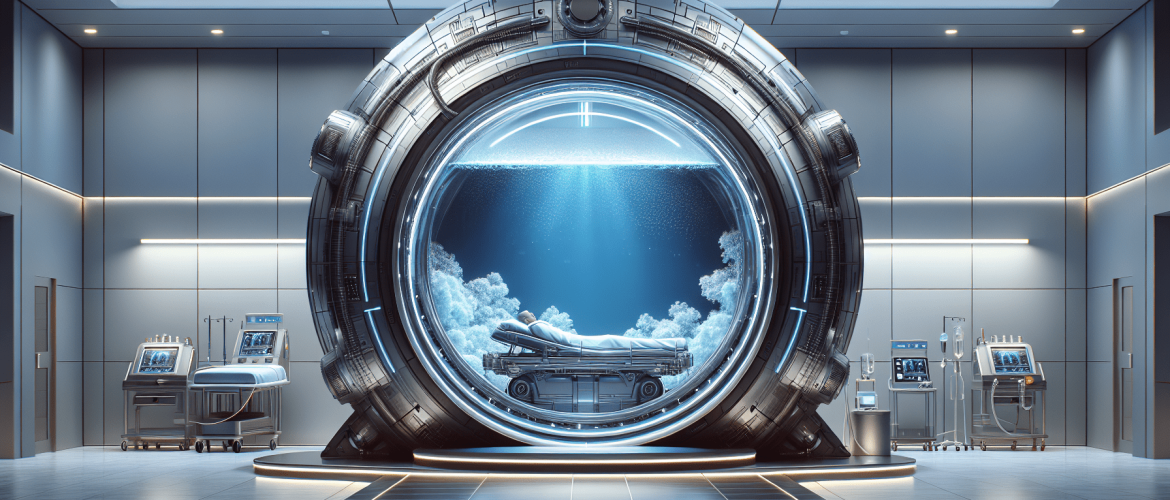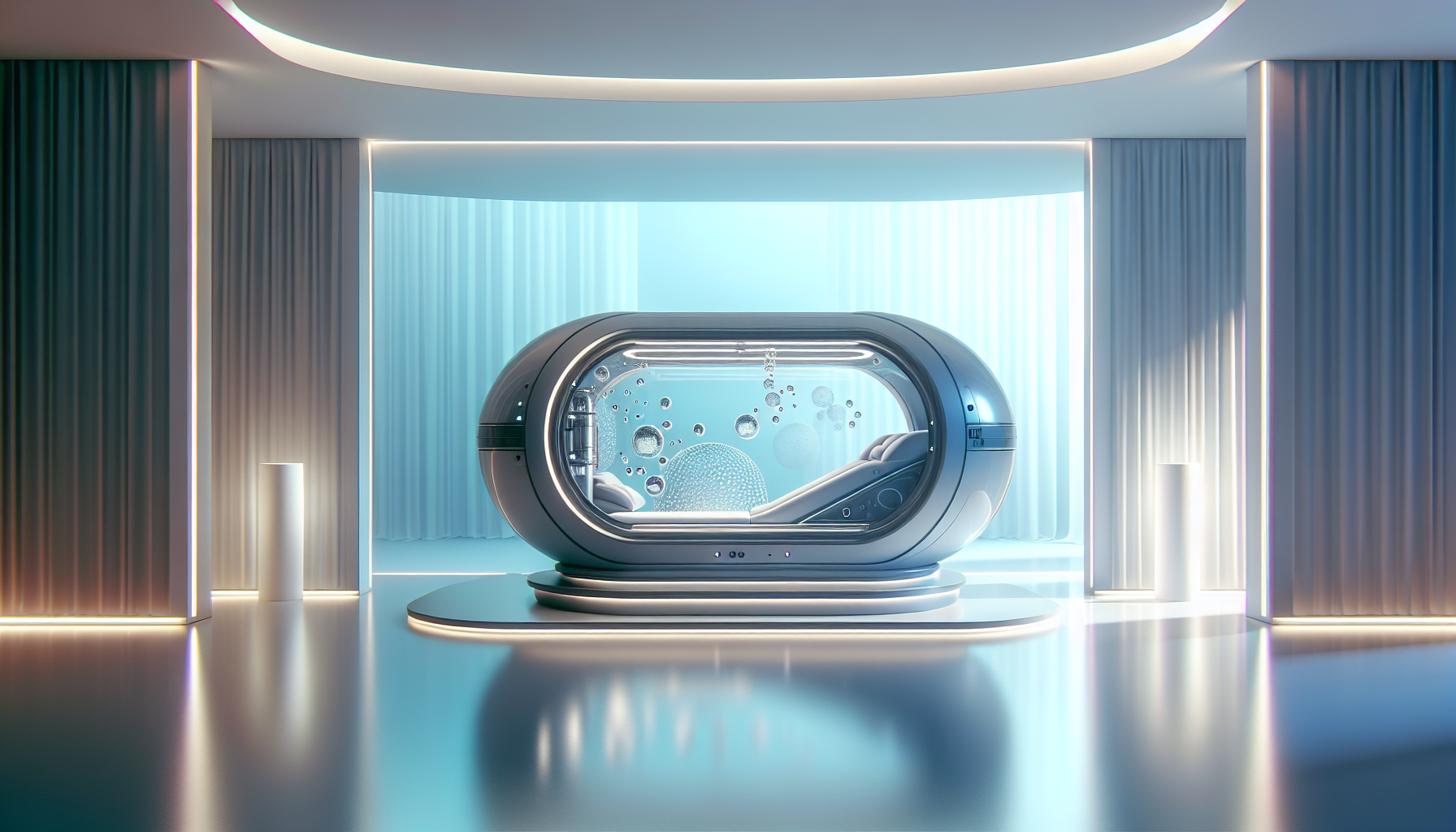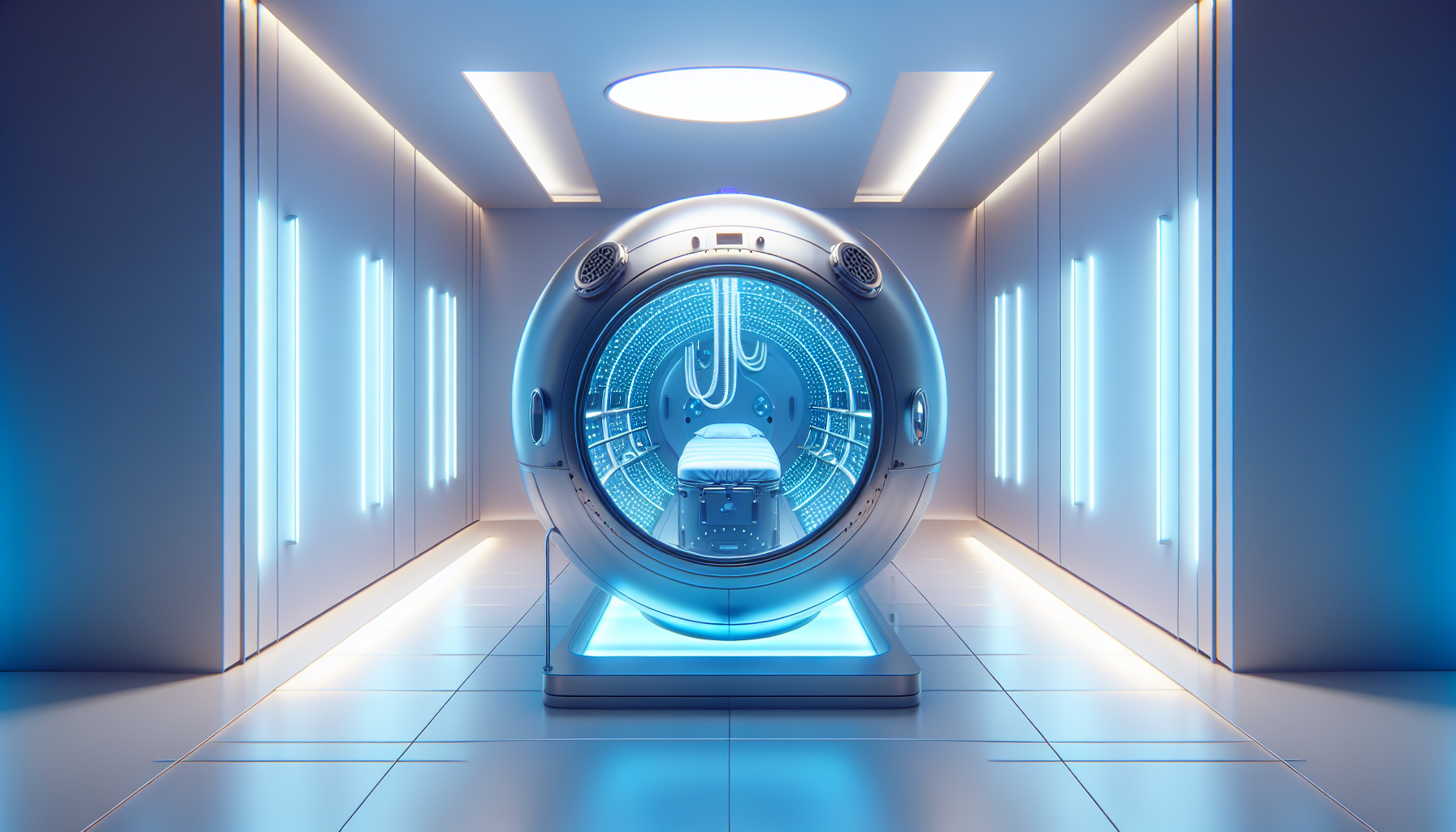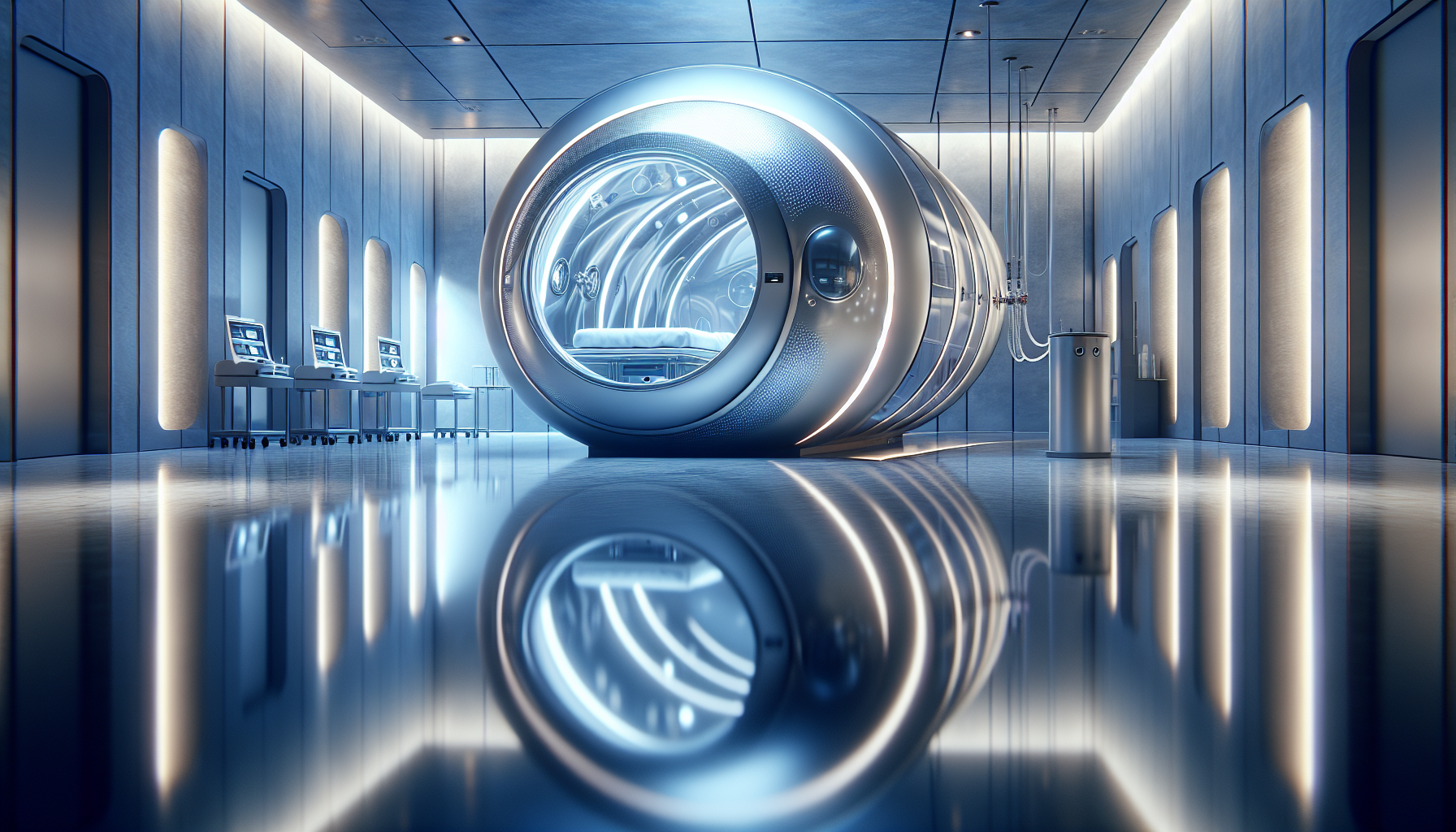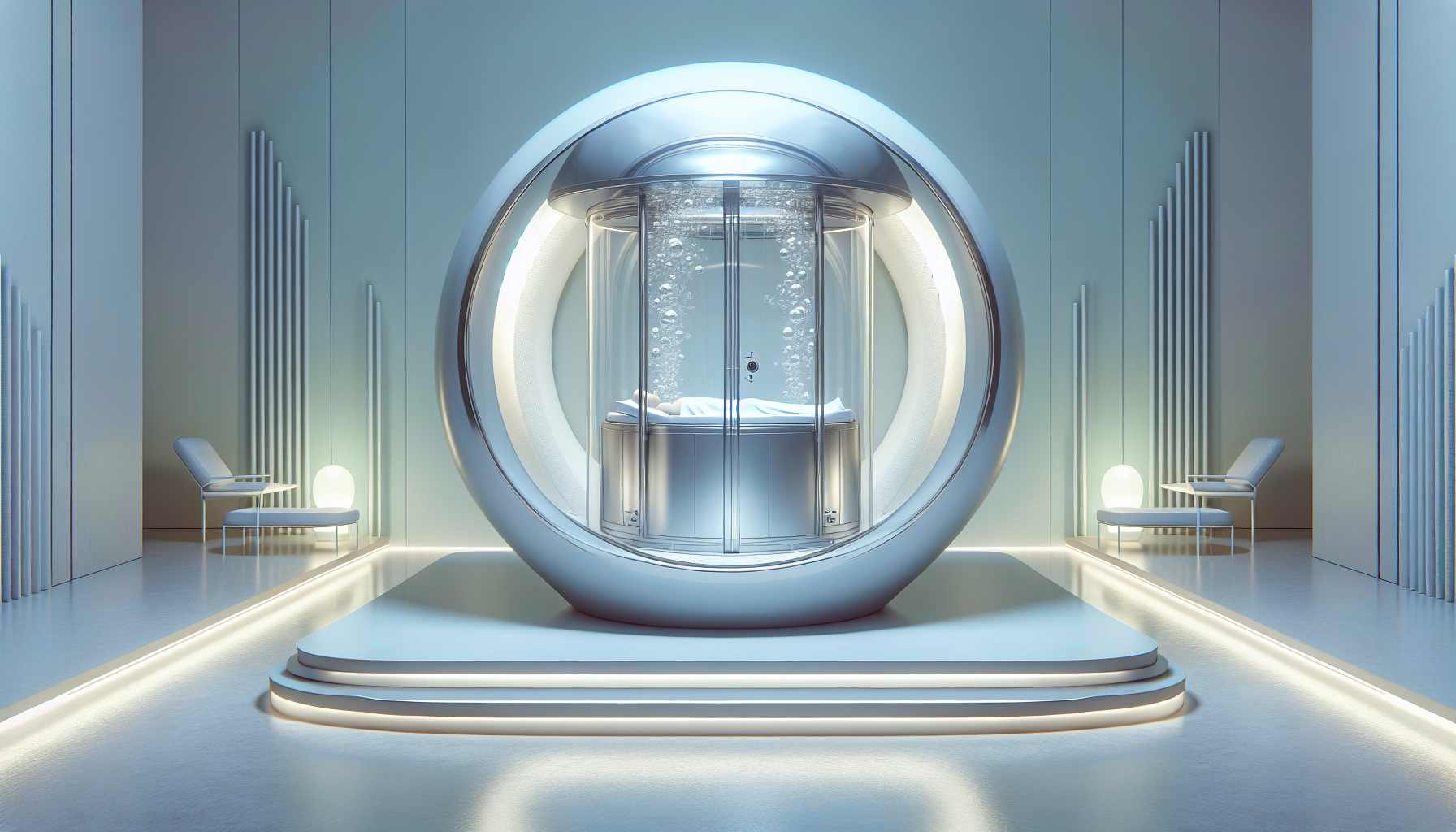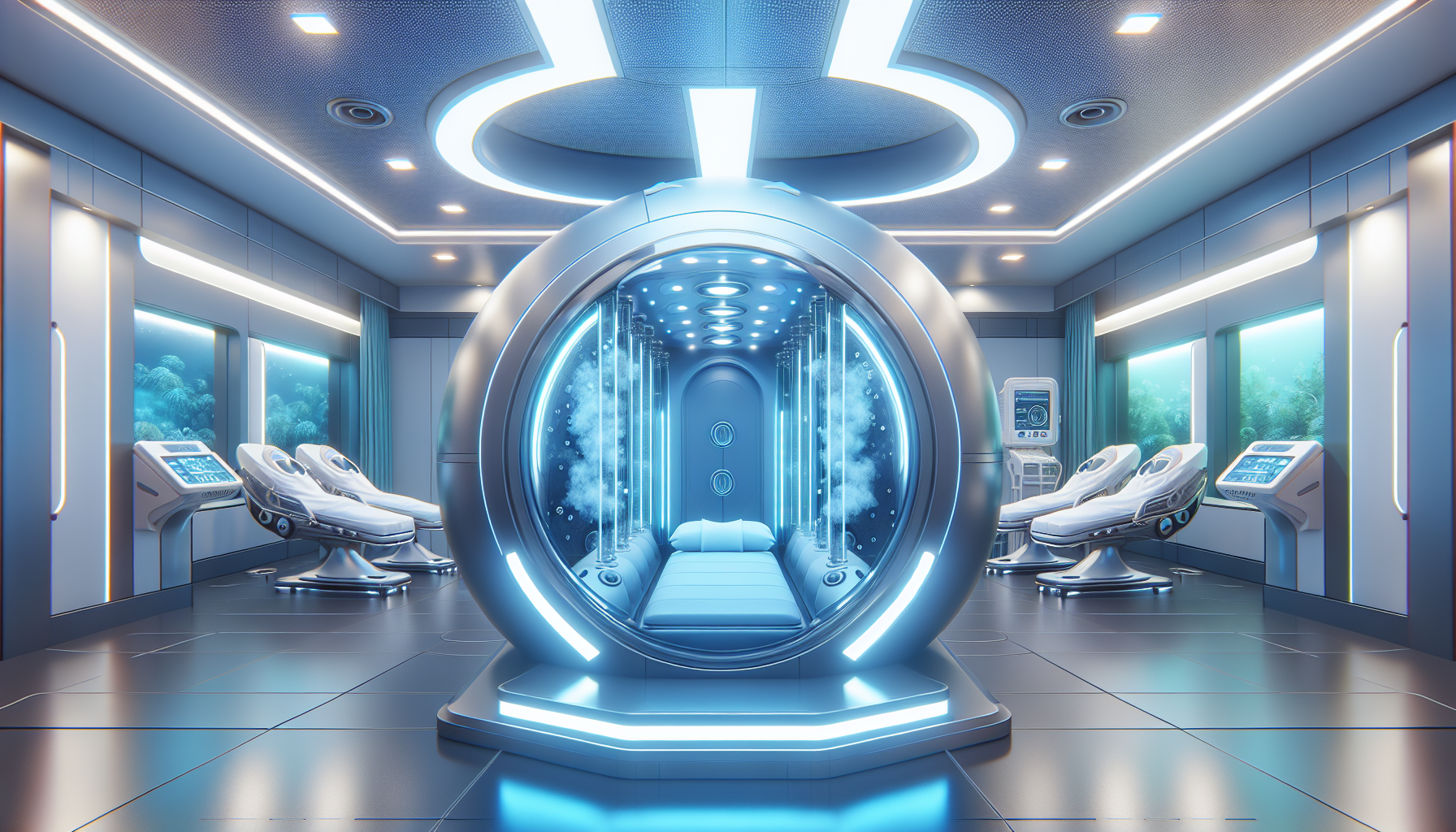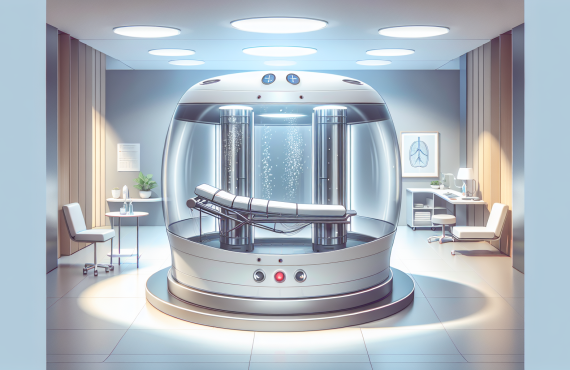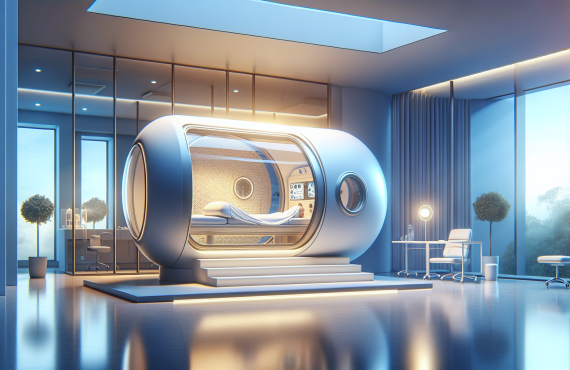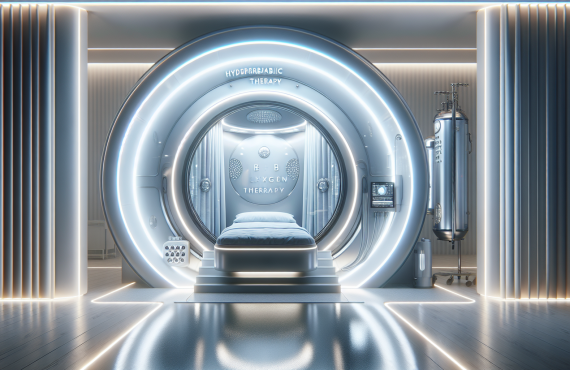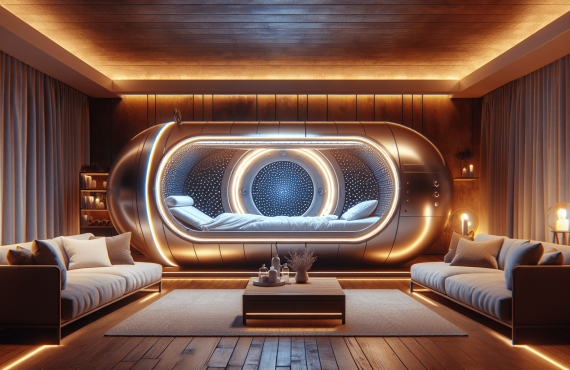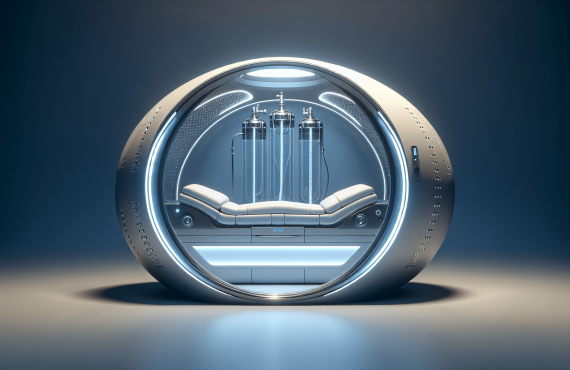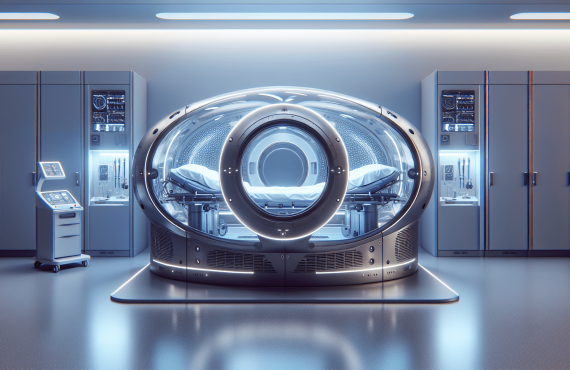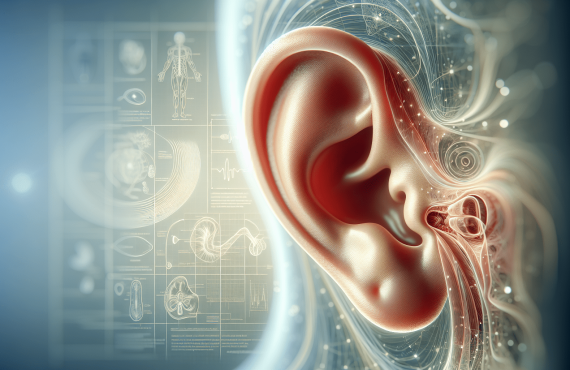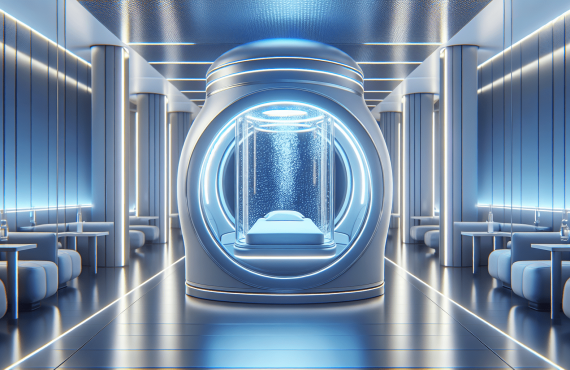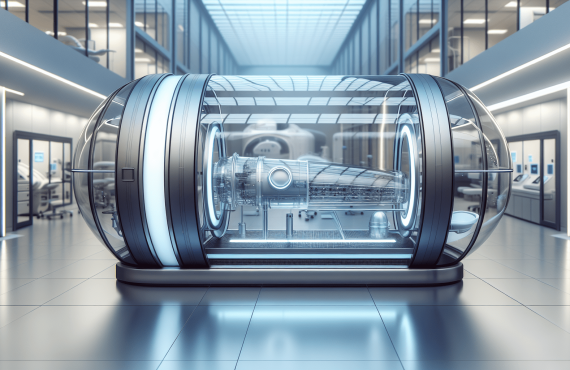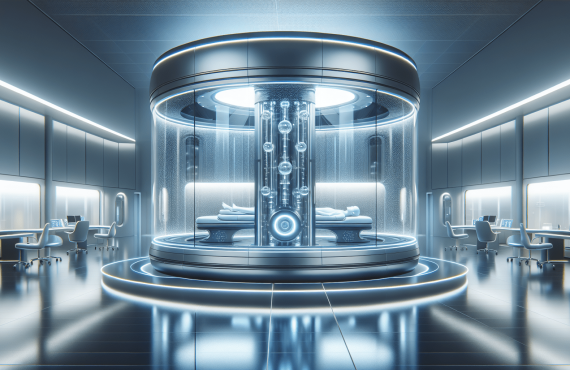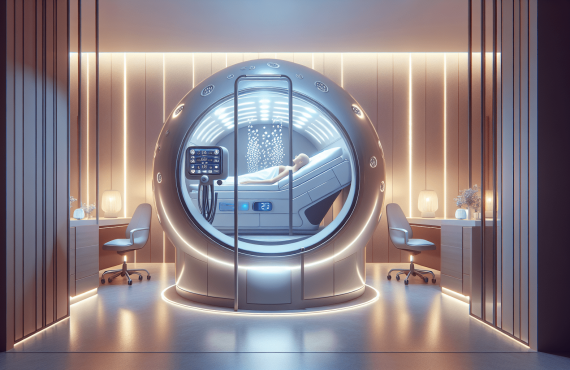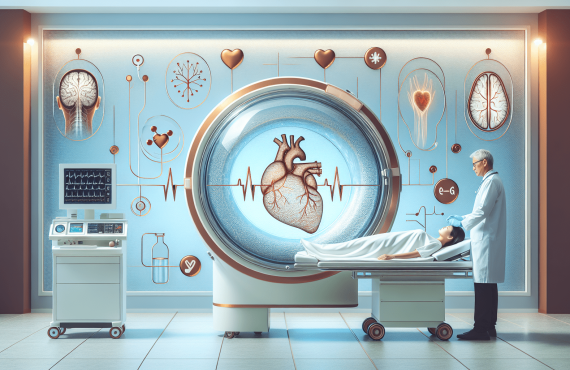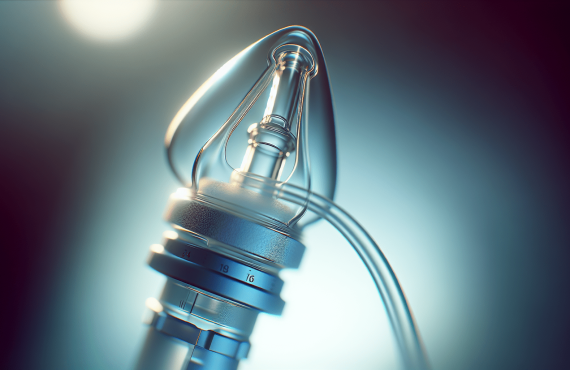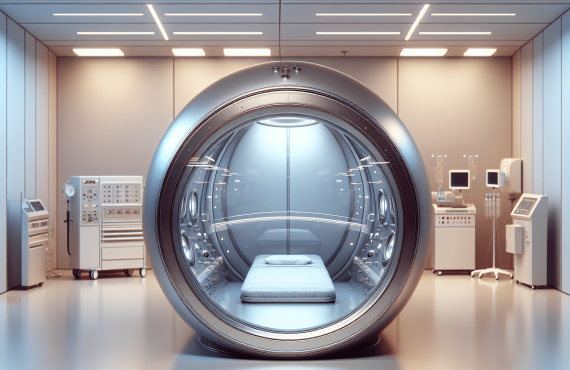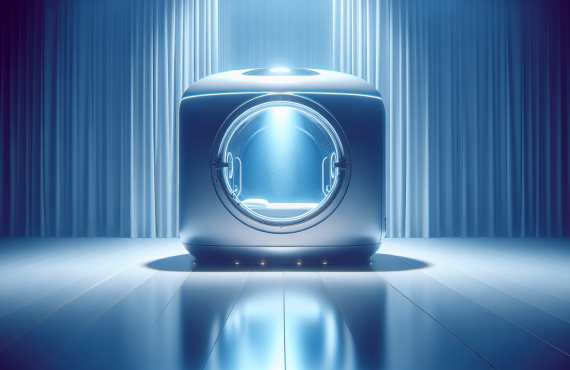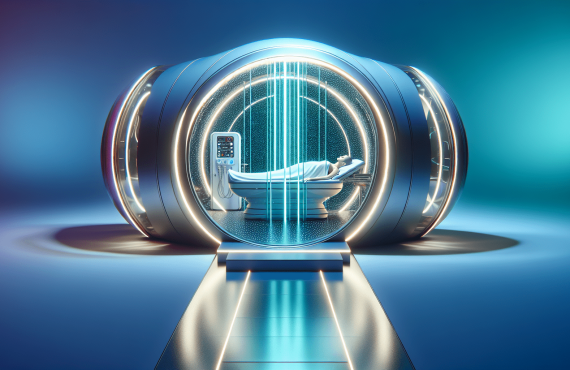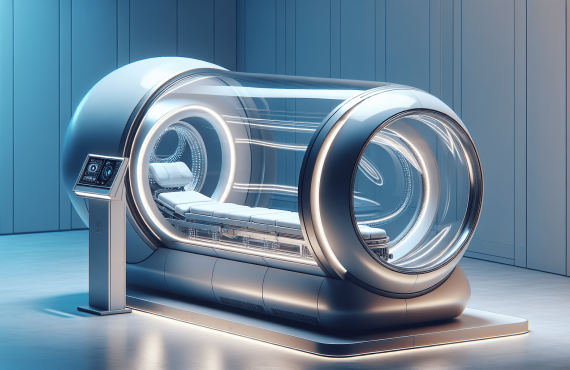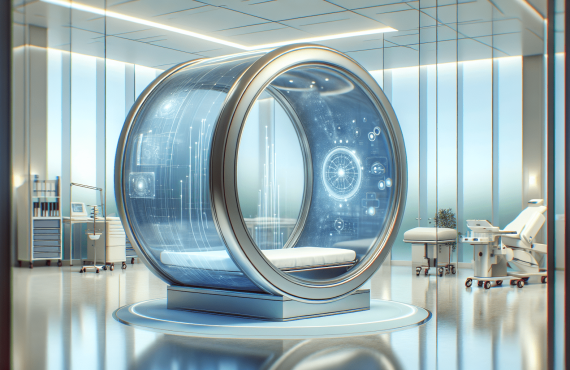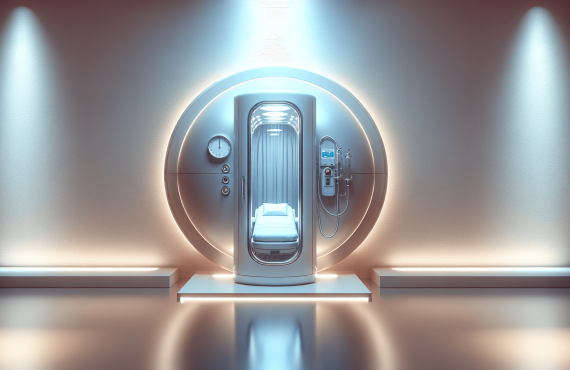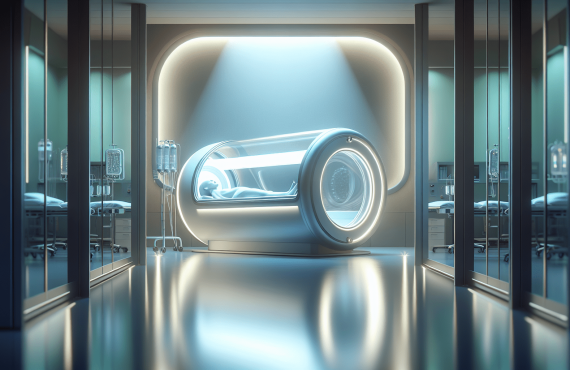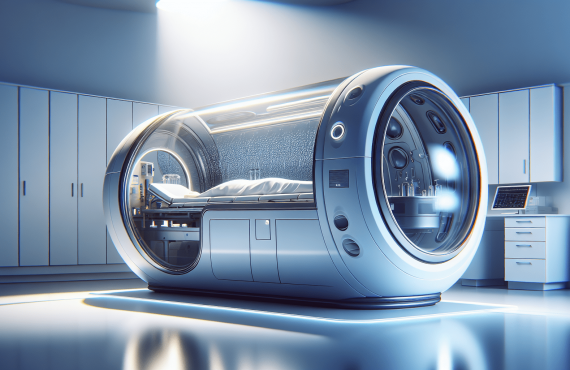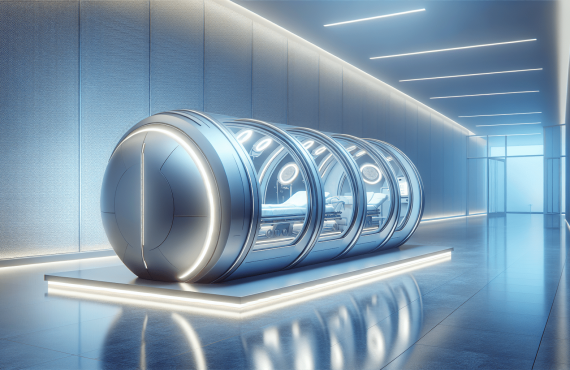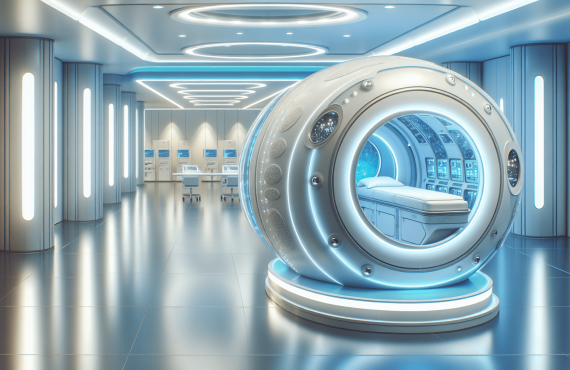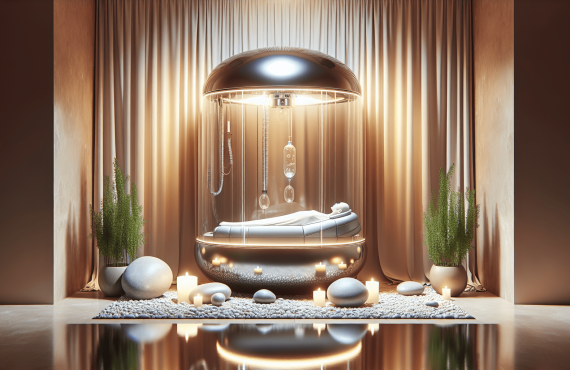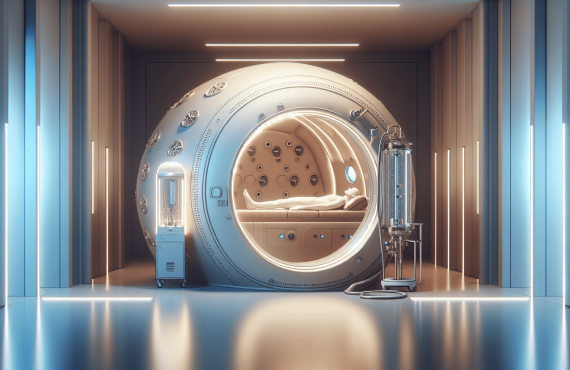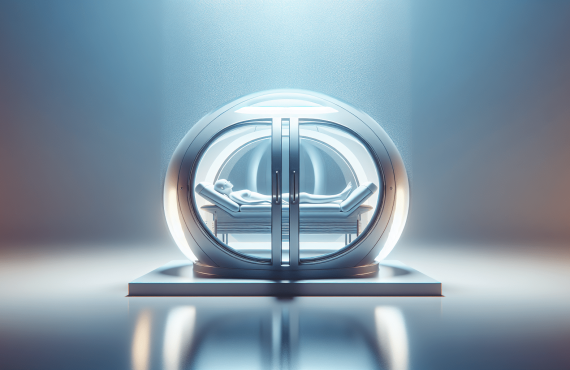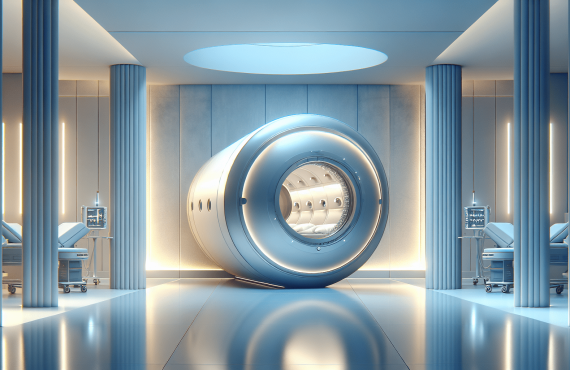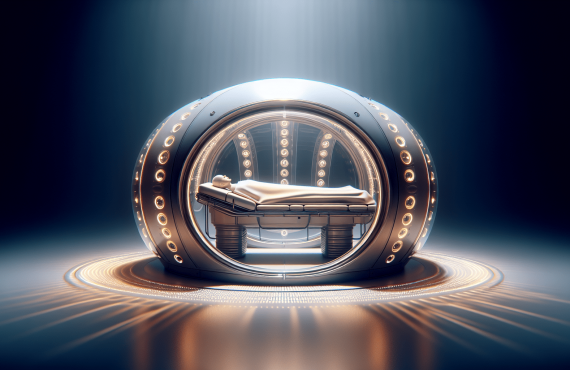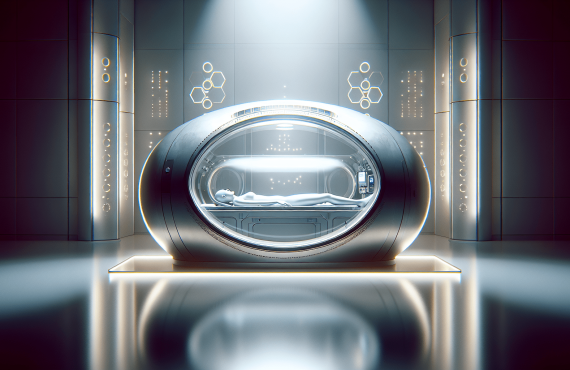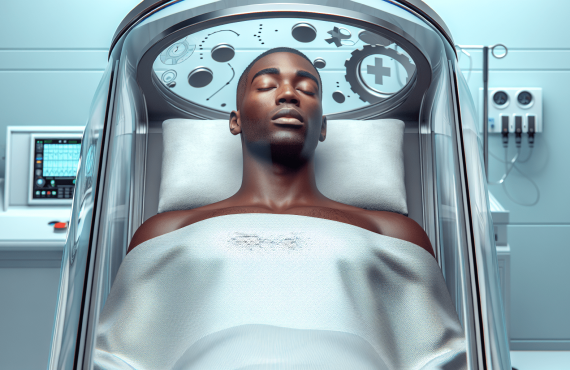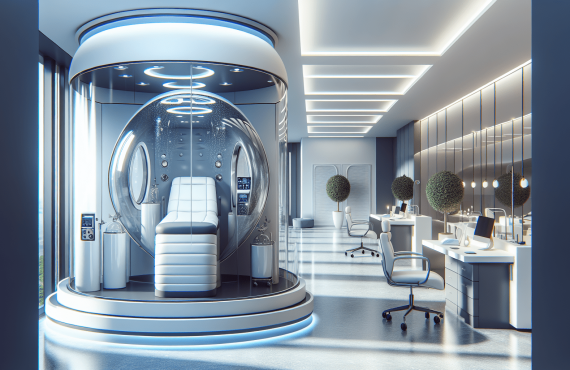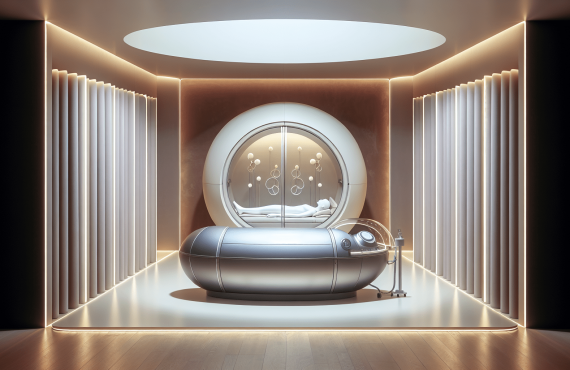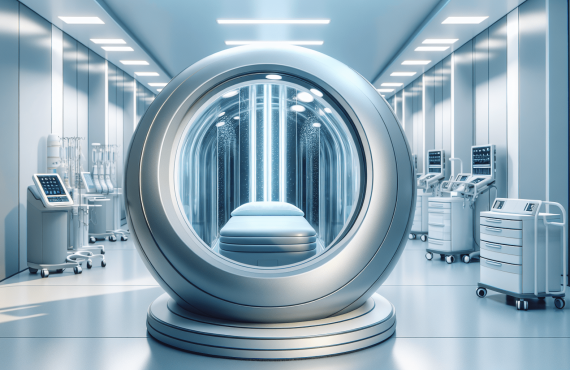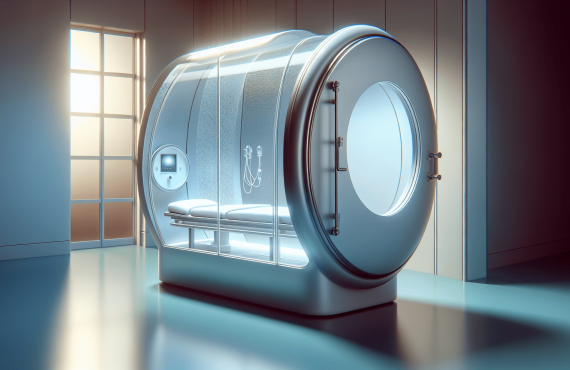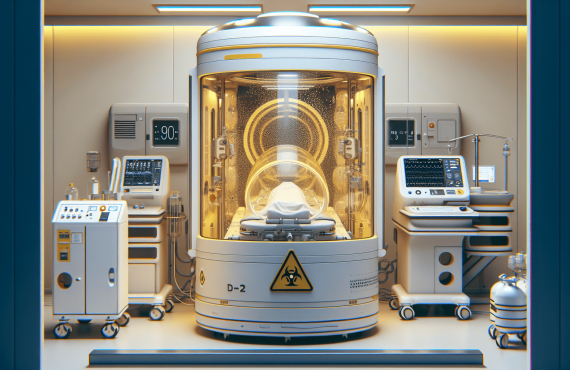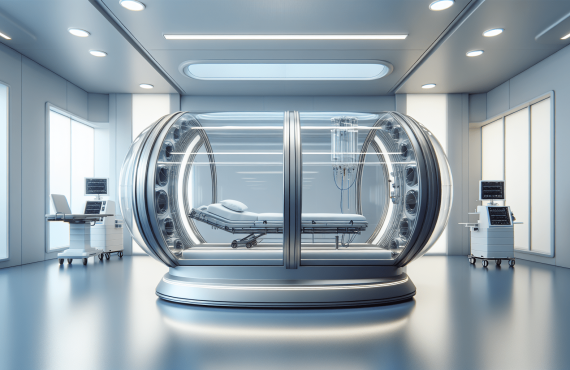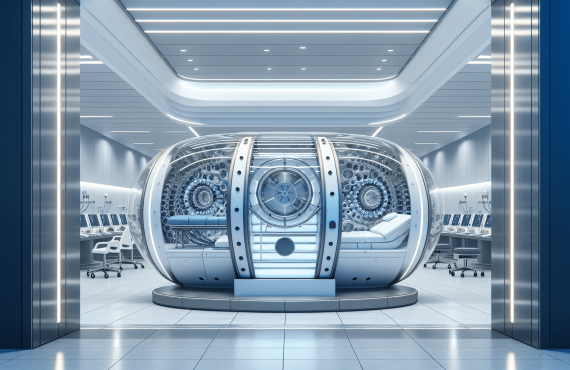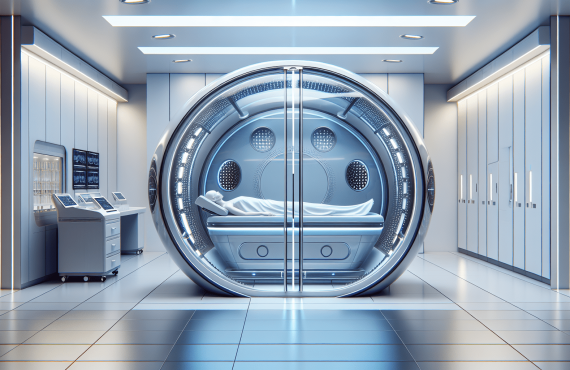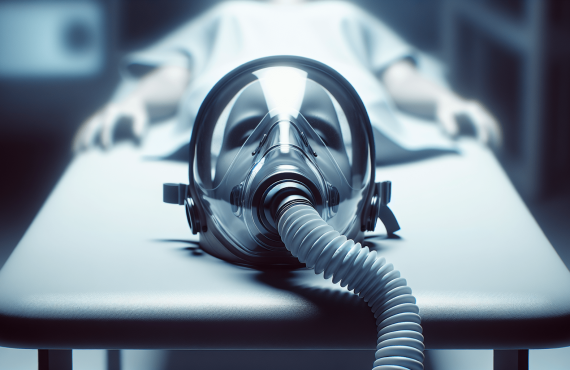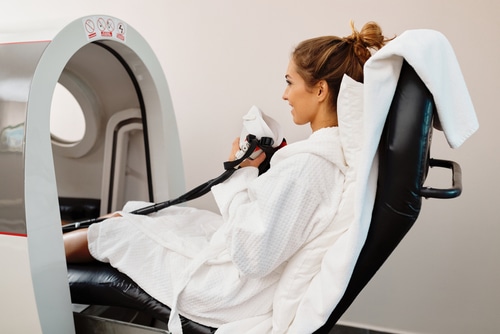Have you ever wondered if hyperbaric oxygen therapy (HBOT) is the right treatment for everyone dealing with medical conditions? The principle of using pure oxygen in a pressurized chamber seems promising for healing and recovery, doesn’t it? However, like any other medical intervention, HBOT may not be suitable for everyone. Let’s explore who might not be the right candidate for this treatment and, importantly, why not. We’ll dive into the specifics of hyperbaric oxygen therapy and break down its intricacies so you can understand it easily.

Table of Contents
What is Hyperbaric Oxygen Therapy?
Hyperbaric oxygen therapy, often referred to as HBOT, stands out due to its unique method of providing treatment. It involves breathing 100% oxygen in a controlled, pressurized environment, offering numerous health benefits.
Definition and Basics
Imagine stepping into a chamber where the air pressure is increased, and you breathe in pure oxygen. This is the crux of hyperbaric therapy. By raising the atmospheric pressure, this Therapy significantly boosts the oxygen content in the blood and tissues. Suddenly, oxygen reaches areas of the body that otherwise struggle to receive adequate supply, thereby promoting healing and recovery.
Mechanism of Action
Under typical conditions, your lungs supply oxygen to the body, ensuring it reaches your tissues. But with HBOT, increasing pressure in a hyperbaric chamber boosts the oxygen concentration in your bloodstream dramatically. This enriched oxygen dissolves into plasma, bypassing traditional pathways to reach areas where circulation is impaired. The benefits are numerous: stimulating natural healing processes, reducing inflammation, enhancing immune function, and encouraging the growth of new blood vessels, known as angiogenesis. All these contribute significantly to wound healing and tissue regeneration.
Conditions Treatable by Hyperbaric Therapy
The benefits of HBOT span a range of medical conditions offering alternative or complementary treatment options to patients. Let’s explore some common conditions where HBOT has been shown to be effective.
Medical Conditions
HBOT has shown effectiveness for decompression sickness, common for divers, to carbon monoxide poisoning and severe anemia. It’s beneficial for treating non-healing wounds such as diabetic foot ulcers, by promoting tissue repair and combating infections. Additionally, some cases of radiation injury and severe infections respond well to this therapy.
Adjunctive Therapy
When used alongside other treatments, HBOT amplifies healing processes. In cosmetic and reconstructive surgery, for instance, it reduces recovery time and post-surgical complications. As an adjunct therapy, it works wonders in enhancing the efficacy of primary treatments.
Identifying the Right Candidates for Hyperbaric Therapy
While HBOT sounds promising, not everyone can hop into a hyperbaric chamber. Certain health conditions may prevent someone from safely undergoing this treatment. Here’s where you must tread carefully, understanding who makes a suitable candidate for HBOT.
Assessing Health Conditions
It’s essential to consider the patient’s overall health condition. Individuals with untreated pneumothorax, a condition where air leaks into the space between the lungs and chest wall, cannot safely undergo HBOT. The changes in pressure could be dangerous.
Similarly, if a person suffers from certain types of lung diseases, oxygen toxicity becomes a risk. Claustrophobia may also inhibit a person’s ability to safely or comfortably receive treatments in the enclosed chamber.
Determining Suitability
Before considering HBOT, thorough assessments ensure patients are fit for therapy. Physicians weigh factors like recent surgeries, existing medical conditions, and overall health metrics. This detailed evaluation protects patients from potential risks and ensures the therapy’s effectiveness.
Who May Not Benefit from Hyperbaric Oxygen Therapy
It’s crucial to identify patients who might be unsuitable for HBOT. Often, these tendencies hinge on pre-existing medical conditions or specific health factors.
Respiratory Conditions
Patients with severe lung disorders, such as emphysema with CO2 retention, face higher risks with HBOT due to potential oxygen toxicity. The therapy might exacerbate their conditions, making it inadvisable.
Heart and Blood Issues
People with severe congestive heart failure could face increased strain due to the elevated oxygen levels. Individuals with recent ear or sinus surgeries might also experience discomfort or complications because of pressure changes in the chamber.
Behavioral and Psychological Concerns
Claustrophobia is not just a simple fear here; it could lead to panic attacks within the confined space of the chamber. Such psychological distress further hinders the therapy’s efficacy and safety.

Ensuring Safe Practice: Precautionary Measures for Hyperbaric Therapy
Carrying out hyperbaric oxygen therapy involves strict adherence to protocols to ensure patient safety. Precautionary measures play a vital role in mitigating potential risks associated with the treatment.
Pre-Treatment Evaluations
Thorough assessments and clearance from healthcare providers confirm the patient’s capacity to handle the therapy. Evaluations cover a range of medical factors to rule out any possible contraindications.
Monitoring and Observation
Constant monitoring during sessions ensures the patient remains safe and responsive. Taking vital signs and assessing their condition helps in addressing any issues immediately.
Post-Treatment Care
Post-treatment assessments are as crucial as pre-treatment ones, ensuring that patients experience no adverse effects after their HBOT session. This comprehensive approach maintains overall safety and efficacy.
Henry Chiropractic: Enhancing Wellness and Health
Speaking of wellness and recovery, Henry Chiropractic in Pensacola, FL, stands as a beacon for those seeking a holistic approach to health care. The center, owned and operated by Dr. Craig Henry, extends beyond chiropractic adjustments, aiming to enhance overall health and well-being.
Meet Dr. Craig Henry
Dr. Craig Henry is a dedicated licensed chiropractor serving Pensacola and its neighbouring communities. His practice focuses on improving health across all aspects of life. Whether you’re struggling with persistent back pain or longing to feel energized upon waking, Dr. Henry is committed to helping you reclaim vitality.
Introducing Dr. Aaron Hixon
Joining the practice is Dr. Aaron Hixon, a Florida native with a background in Exercise Science. After graduating from Palmer College of Chiropractic, he became a board-certified Chiropractor. With a passion for aiding others, Dr. Hixon further enriches Henry Chiropractic with varied chiropractic techniques. Whether employing the Gonstead Spinal Manipulation or the Myofascial Release Technique (MRT), Dr. Hixon ensures exemplary care and dedication to his patients.
Henry Chiropractic serves as your partner in health, providing thoughtful and expert chiropractic services. For more information or to schedule an appointment, contact Henry Chiropractic at 1823 N 9th Ave, Pensacola, FL 32503, call (850) 435-7777, or visit Dr. Craig Henry’s website.
FAQs about Hyperbaric Oxygen Therapy
To further demystify hyperbaric oxygen therapy, here are answers to some frequently asked questions:
What does a session of hyperbaric therapy entail?
A session typically lasts 60 to 90 minutes. You rest in a chamber while breathing pure oxygen at a pressure higher than normal atmospheric levels.
Is HBOT covered by insurance?
Coverage varies by provider, but many insurance plans cover HBOT for certain conditions such as non-healing wounds and carbon monoxide poisoning.
Are there side effects of hyperbaric therapy?
While most patients tolerate HBOT well, some side effects may include ear pressure, fatigue, and minor sinus discomfort. Serious complications are rare.
How many sessions are needed for effective treatment?
The number of sessions depends on the condition being treated and patient response. Chronic conditions may require more frequent and numerous sessions.
Can children undergo hyperbaric oxygen therapy?
Yes, children can undergo HBOT. Pediatric cases are carefully evaluated to ensure suitability, with special considerations for safety and comfort.
Concluding Thoughts
Hyperbaric oxygen therapy offers significant promise for various health conditions, yet it’s not a universal remedy. Understanding who may not be an appropriate candidate helps ensure the safety and effectiveness of this treatment. Meanwhile, exploring holistic care like that from Henry Chiropractic might present complementary paths towards achieving well-being. Always consult with healthcare providers to find the best solutions tailored to individual health needs.


